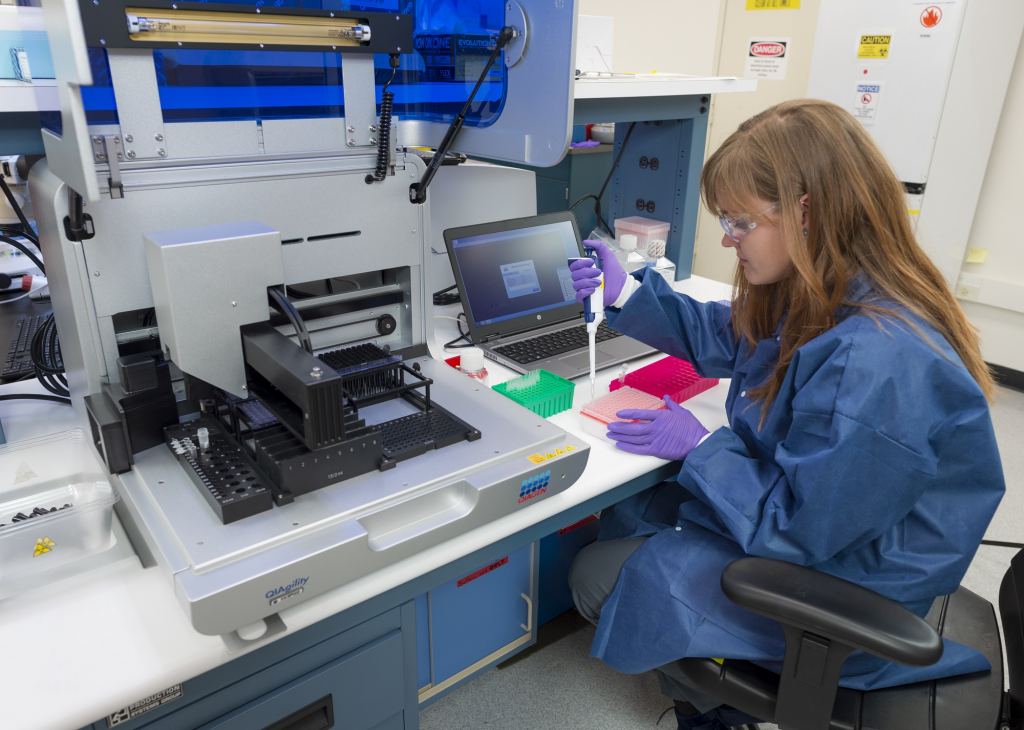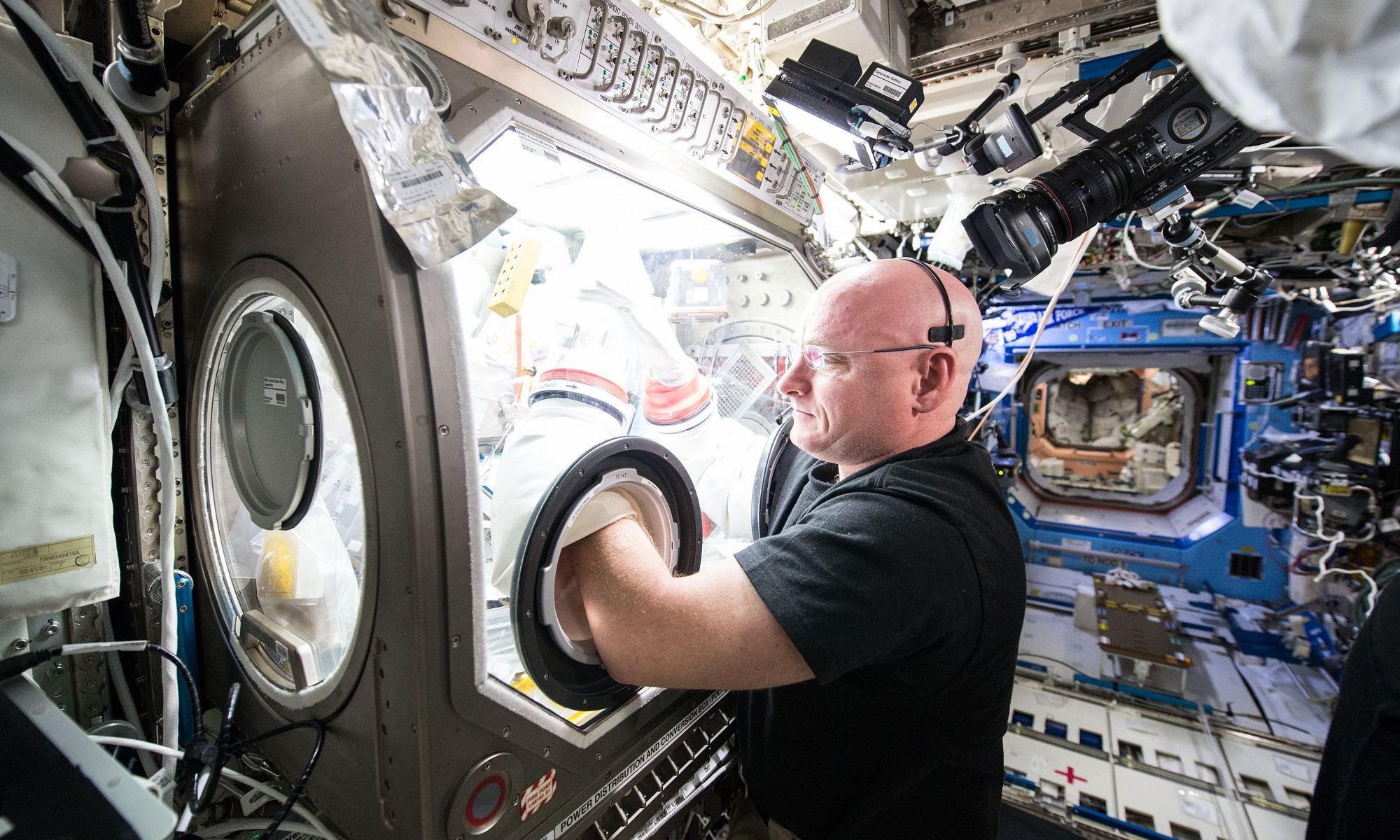It’s not easy living and working in space for extended periods of time. As NASA’s Twins Study illustrated, microgravity takes a toll on human physiology, which is followed by a painful transition back to normal gravity (just ask Scott Kelly!) Aside from muscle and bone degeneration, there’s diminished organ function, effects on cardiovascular health, the central nervous system, and “subtle changes” on the genetic level.
Until now, the biggest unanswered question was what the underlying cause of these physical impacts was. But after reviewing all of the data accumulated from decades of research aboard the International Space Station (ISS) – which included the Twins Study and DNA samples taken from dozens of astronauts – an international team of researchers came to the conclusion that mitochondria might be the driving force for these changes.
Mitochondria are the tiny membrane-bound organelles that generate most of the chemical energy that power a cell’s biochemical reactions. When that energy production breaks down, many of the body’s key processes and immunofunctions are threatened. This research indicates this it could be this breakdown in mitochondrial activity that is behind the health-related hazards astronauts have to deal with.
Afshin Beheshti, who was the lead author on the paper, is also a researcher with KBR, an engineering firm that provides contract support to NASA’s Ames Research Center. “We’ve found a universal mechanism that explains the kinds of changes we see to the body in space, and in a place we didn’t expect,” he said in a recent NASA press release. “Everything gets thrown out of whack and it all starts with the mitochondria.”
In addition to the ISS and Twins Study data, the team relied on DNA samples from 59 astronauts, as well as the comprehensive NASA GeneLab database of animal studies at the Ames Research Center. This open-source platform is the first of its kind to combine large amounts of data from various fields of biology (i.e. genomics, proteomics, metabolomics, and glycomics, collectively referred to as “omics”).
This data is typically used by researchers to characterize and quantify biological molecules like DNA, RNA, proteins, etc., as well as their systematic effects on the structures and functions of organisms. The GeneLab Analysis Working Group was also responsible for enlisting the help of scientists from all over the world to collaborate on this study and make the most out of its data.

The first clue that there might be a connection between mitochondria and spaceflight came from research involving rodents. Said Beheshti:
“When we started comparing the tissues from mice flown on separate space missions, we noticed that mitochondrial dysfunction kept popping up. Whether we were looking at problems in the eyes or in the liver, the same pathways related to mitochondria were the source of the problem.”
“This is a big step toward figuring out how our bodies can live healthily off-world. And the good news is, this is a problem we can already start to tackle. We can look at countermeasures and drugs we already use to deal with mitochondrial disorders on Earth to see how they might work in space, to start.”
This data was supported by the results of the Twins Study, which identified changes in Scott Kelly’s immune system after he spent a year in space aboard the ISS. Blood and urine samples provided by dozens of astronauts showed further evidence that various types of cells underwent changes that were attributable to altered mitochondrial activity.

Studies such as these are critical to understanding the effects low gravity has on everything from circadian rhythms to cardiovascular alterations. With these latest results, biomedical researchers may finally have a starting point for designing possible treatments and mitigation strategies. They will also play a significant role in the burgeoning field of space biology research, which looks at everything from astronaut health to plant and animal health.
Combined with research that examines the effects of radiation, confined spaces, and other factors affecting physical and psychological health, these studies are essential to NASA’s plans to send astronauts back to the Moon and to Mars in this decade and the next. They are also essential to the many, many plans that call for extended missions to deep space.
The study that describes their findings, which were recently published in the journal Cell, was the result of collaborative work performed by researcher from Queens University Belfast, the Children’s Hospital of Philadelphia’s Center for Mitochondrial and Epigenomic Medicine, NASA’s Ames Research Center and Johnson Space Center, and multiple universities and medical research hospitals.

